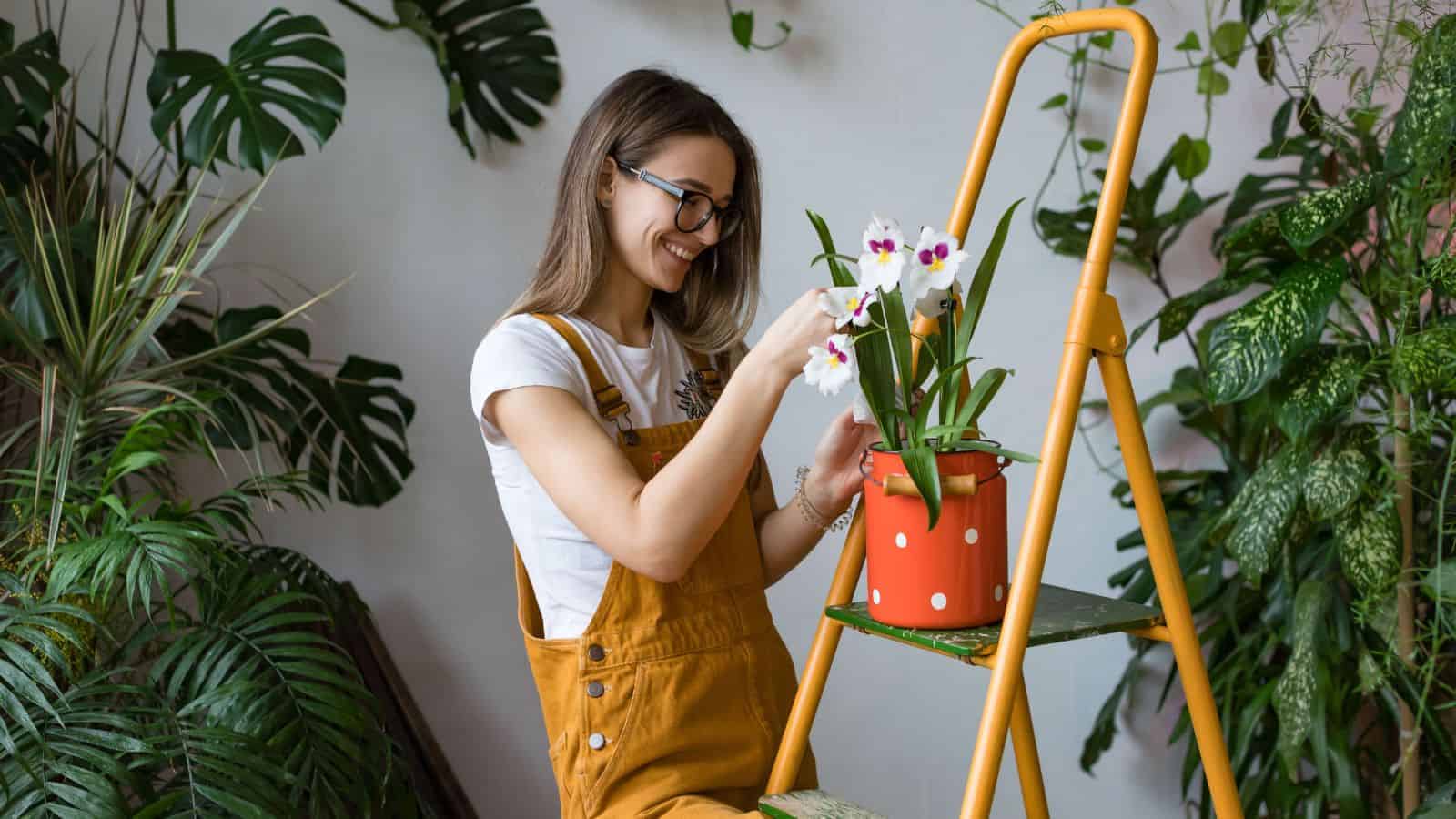Watering your plants might seem simple, but getting it right can be tricky. Proper watering is key to keeping your plants healthy and thriving. Here are seven essential tips to help you water your plants properly.

1. Know Your Plant’s Needs
Different plants have different water requirements. Some plants like cacti and succulents need very little water, while others, like ferns, need a lot. Researching your specific plants will help you understand how often and how much to water them. Pay attention to the signs your plant gives you, such as drooping leaves or dry soil.
2. Water at the Right Time
The best time to water your plants is in the morning. Watering early allows the water to soak into the soil and reach the roots before the sun gets too hot. This helps prevent water from evaporating too quickly and gives your plants a better chance to absorb the moisture they need. If you can’t water in the morning, late afternoon or early evening is the next best option.
3. Check the Soil
Always check the soil before watering. Stick your finger about an inch into the soil. If it feels dry, it’s time to water. If it still feels moist, wait another day or two. Overwatering is a common mistake and can lead to root rot and other issues. Keeping an eye on the soil moisture will help you avoid this problem.
4. Water Deeply and Evenly
When you water, make sure to do it thoroughly. Watering deeply encourages the roots to grow deeper into the soil, making the plant more resilient. Pour water until you see it coming out of the drainage holes at the bottom of the pot. This ensures that the water has reached the entire root system. Make sure to water evenly around the base of the plant, not just in one spot.
5. Use the Right Tools
Using the right tools can make a big difference. A watering can with a narrow spout allows you to direct the water precisely where it’s needed, avoiding the leaves. A hose with a gentle spray attachment is great for outdoor plants, while indoor plants might benefit from a moisture meter to check soil moisture levels accurately.
6. Adjust for the Season
Plants’ water needs can change with the seasons. During the hot summer months, plants may need more frequent watering, while in the cooler winter months, they often require less. Pay attention to the weather and adjust your watering schedule accordingly. Indoor plants can also be affected by indoor heating, which can dry out the soil more quickly.
7. Avoid Wet Leaves
Watering the leaves instead of the soil can lead to mold and fungal diseases. Always aim to water at the base of the plant. If your plant’s leaves do get wet, make sure they dry quickly. For plants with large leaves, you can gently shake off excess water or use a cloth to dry them.
By following these seven tips, you can ensure your plants get the right amount of water they need to stay healthy and vibrant. Remember, a little attention and care can go a long way in helping your plants thrive. Happy watering!
